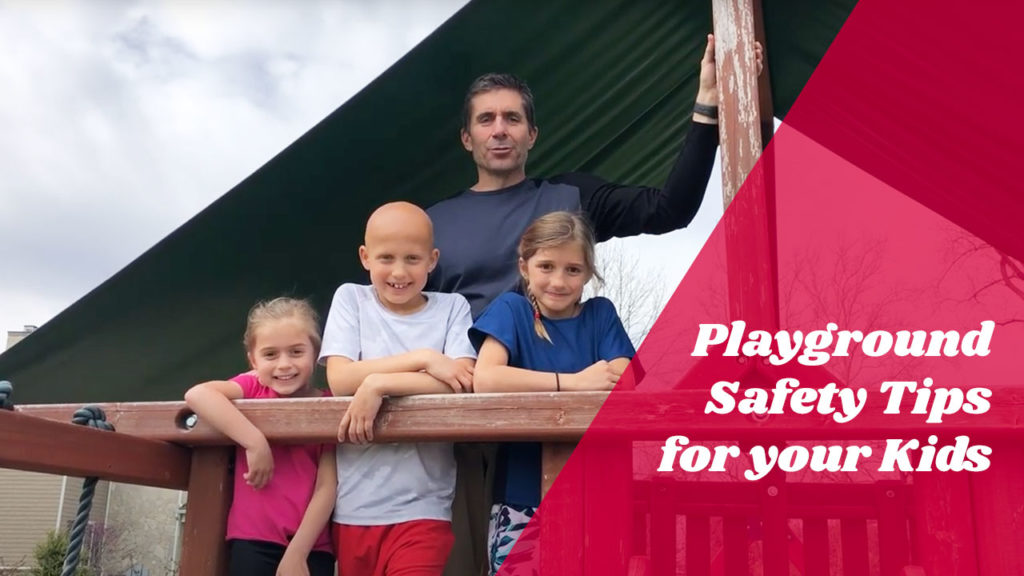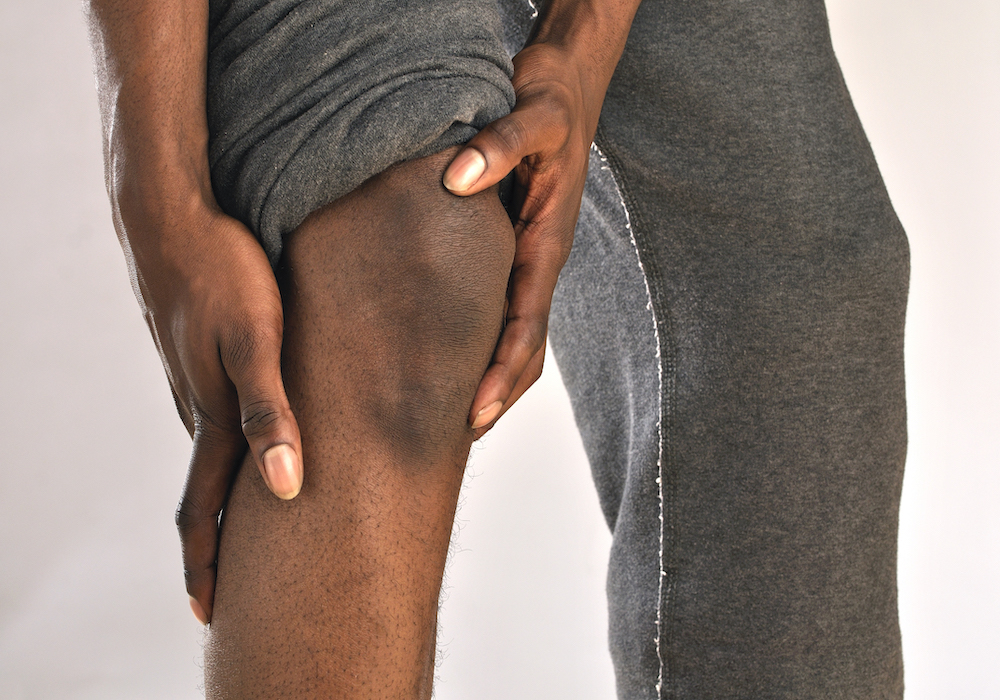Named after Wilhelm Erb, a doctor who first described the condition, Erb’s palsy is a form of brachial plexus palsy.
The brachial plexus is a network of nerves near the neck that help control the nerves of the arm, which provide movement and feeling to the shoulder, arm, hand and fingers. Brachial plexus birth palsy causes weakness and loss of motion in the arm.
Sometimes the infant is able to move his or her fingers, but unable to move the shoulder.
Types of nerve injuries
- Neurapraxia: An injury that shocks the nerve but does not tear it; usually heals on its own within three months
- Neuroma: Damages some of the nerve fibers and results in scar tissue; there is some recovery over time
- Rupture: Causes the nerve to be torn apart and it will not heal on its own; surgery is necessary to repair
- Avulsion: Nerve is torn from the spinal cord; not possible to repair this type of tear, but it may be possible to restore some function with surgery
How does Erb’s palsy happen?
One or two of every 1,000 babies are born with this condition. Most commonly, it is caused when an infant’s neck is stretched to the side during a difficult delivery.
What are the symptoms of Erb’s palsy?
- Weakness in one arm
- Loss of feeling in the arm
- Partial or total paralysis of the arm
How is Erb’s palsy diagnosed?
After a complete medical history review, your physician will perform a brief physical exam on your child to look for symptoms. An X-ray, ultrasound or other imaging tests are usually necessary to confirm the diagnosis.
MAKE AN APPOINTMENT WITH AN ORTHOINDY ORTHOPEDIC PEDIATRIC SPECIALIST
Treatment
Most infants with brachial plexus birth palsy will recover movement and feeling in the affected arm with daily physical therapy exercises.
Nonsurgical treatment
- Daily physical therapy performed by the parent
- Range of motion exercises that focus on the infant’s shoulder, elbow, wrist and hand
Surgical treatment
- Nerve graft to repair a rupture by splicing a donor nerve graft from another nerve of the child
- Nerve transfer to restore function in the arm by using a nerve from another muscle as a donor
Recovery
Due to the nerves being affected during growth, in some children with Erb’s palsy, the arm is noticeably smaller than the unaffected arm. However, the affected arm will continue to grow as the child grows. As size difference may become more noticeable as the child gets older.
Learn more about pediatric orthopedic care at OrthoIndy.
Schedule an appointment
Your well-being is important to us. Click the button below or call us to schedule an appointment with one of our orthopedic specialists. If your injury or condition is recent, you can walk right into one of our OrthoIndy Urgent Care locations for immediate care. For rehabilitation and physical therapy, no referral is needed to see one of our physical therapists.





